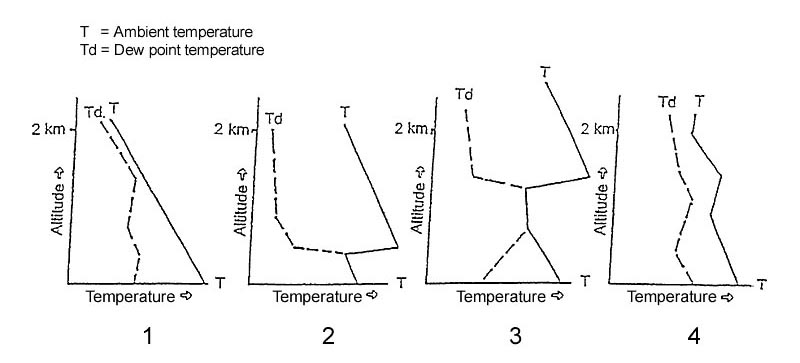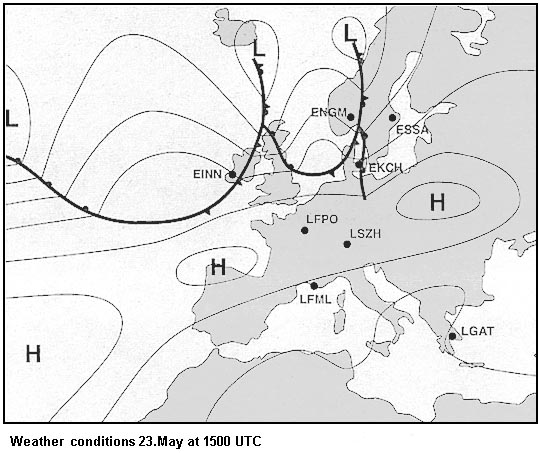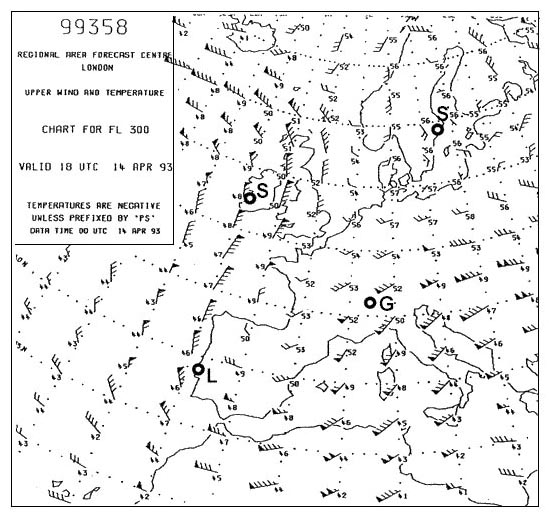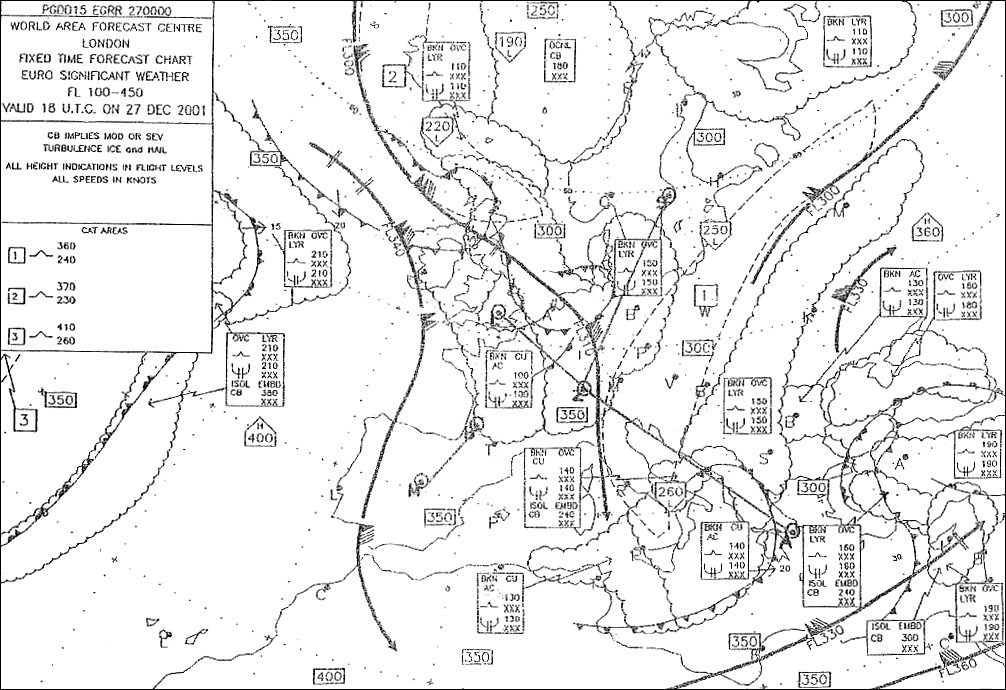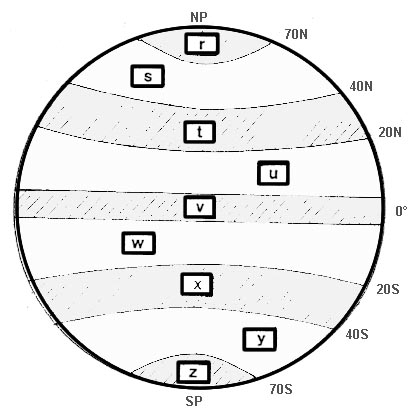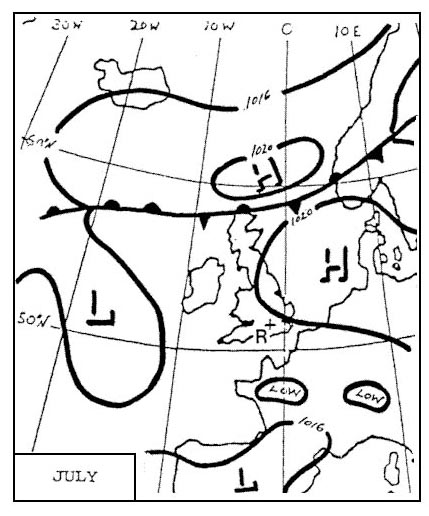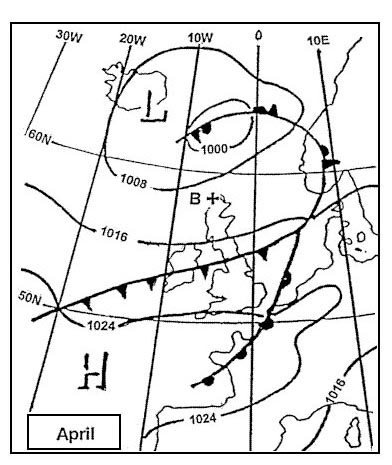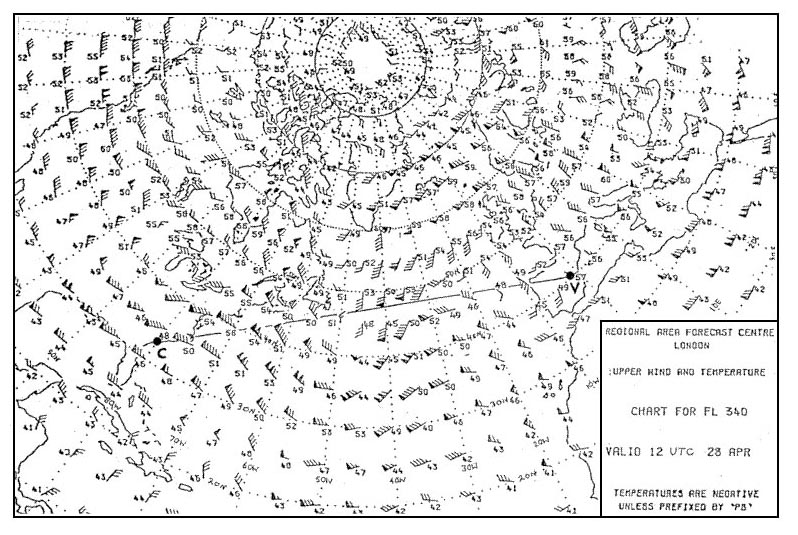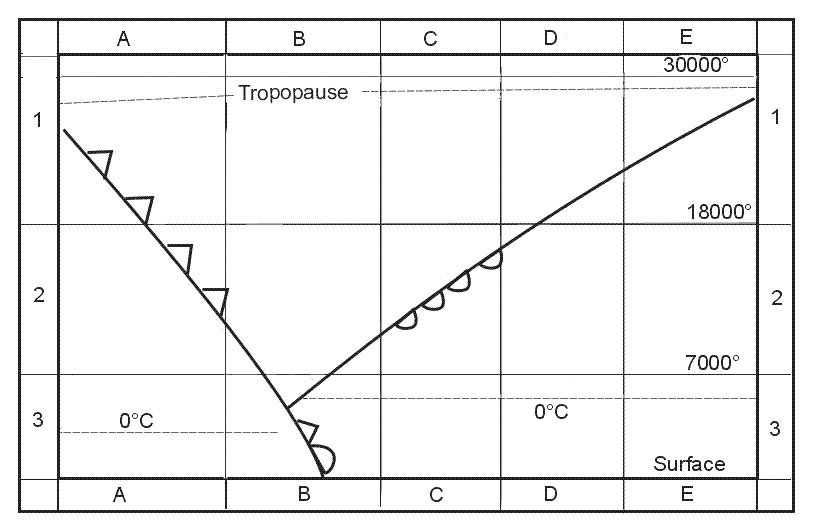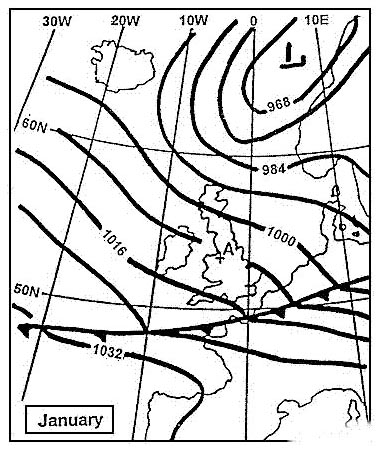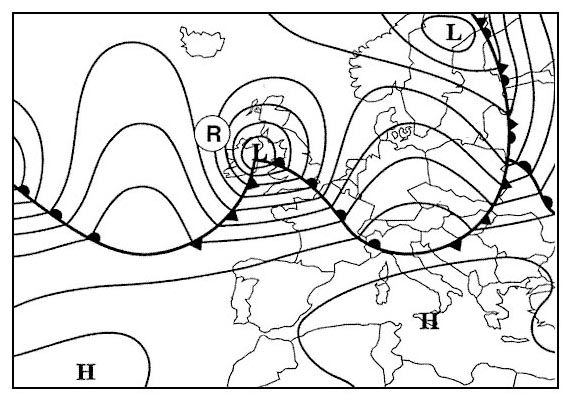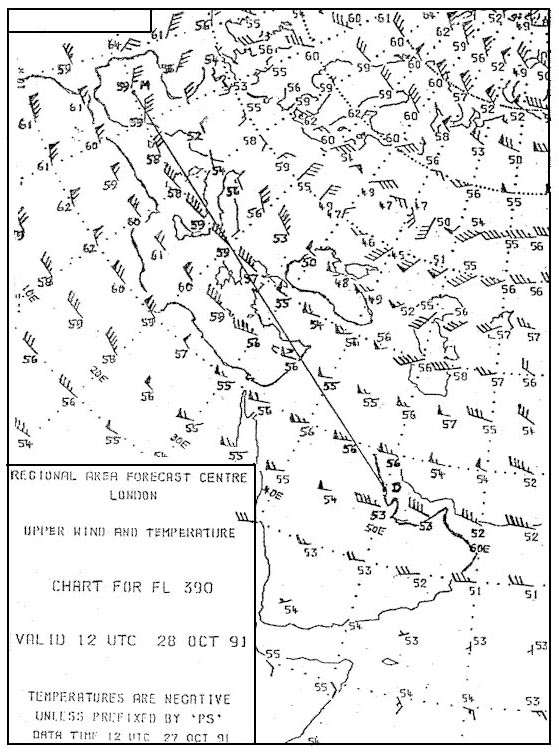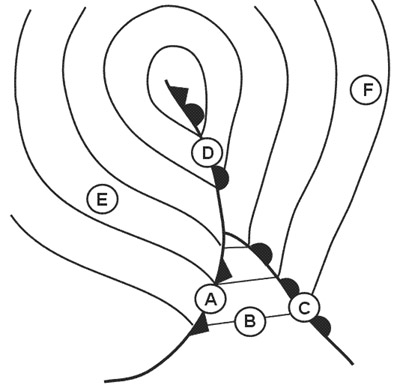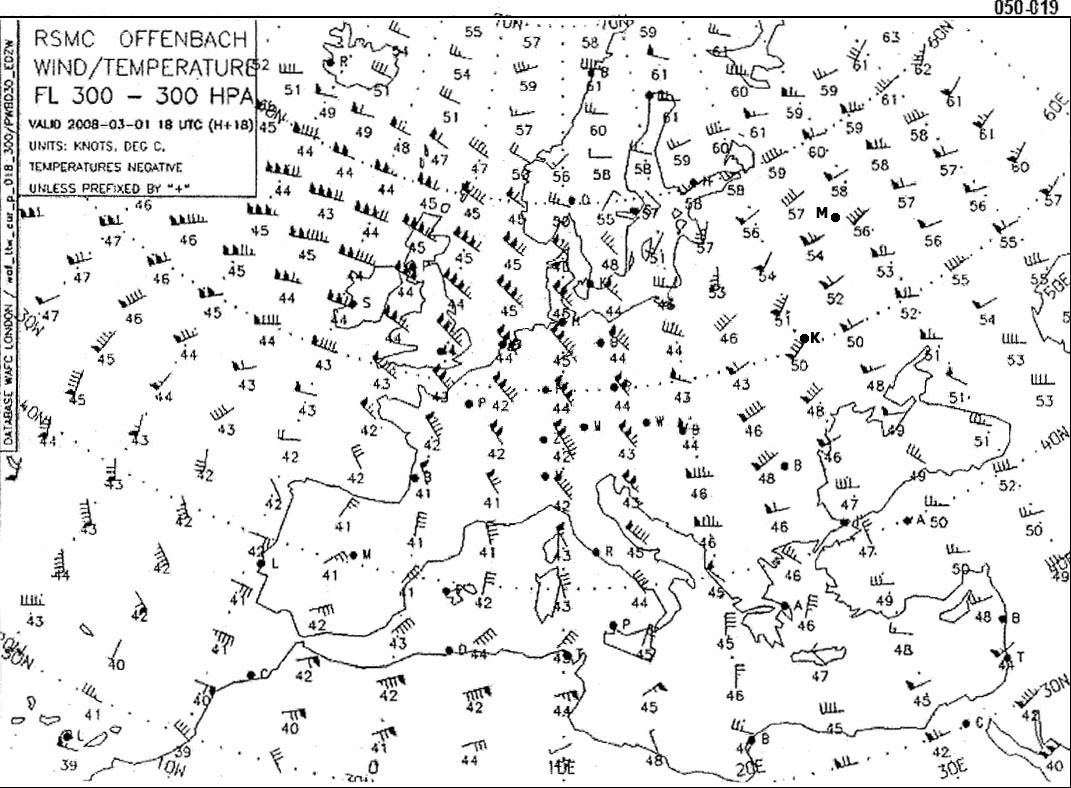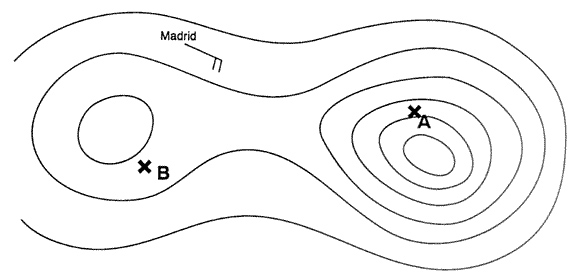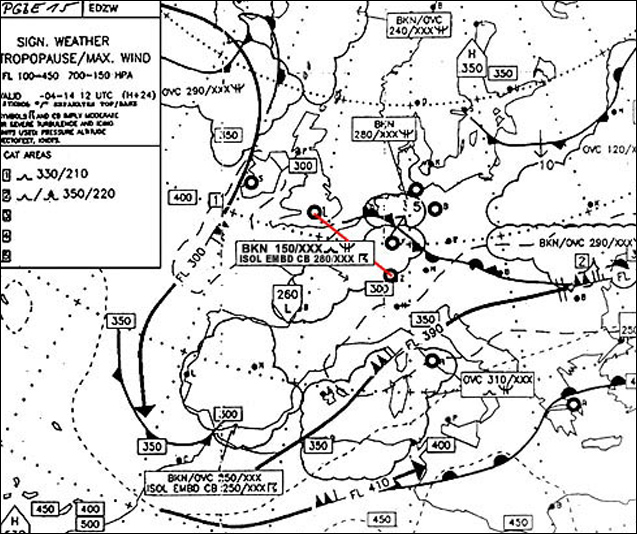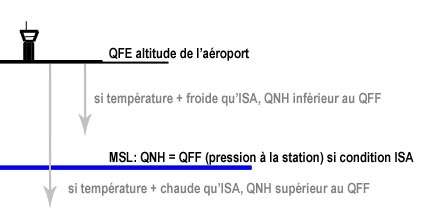Question 198-2 : When an ndb fails which kind of warning is visible in the cockpit ?
Question 198-3 : The process by which em energy is taken up by the atmosphere is called ?
Question 198-4 : The range of a locator beacon is much shorter than that of an ndb because ?
Question 198-5 : If you are on an ils approach and in case your glide slope indicator shows a deviation of half scale deflection downwards ?
You may keep on flying the approach if the glide is less than half scale deflection
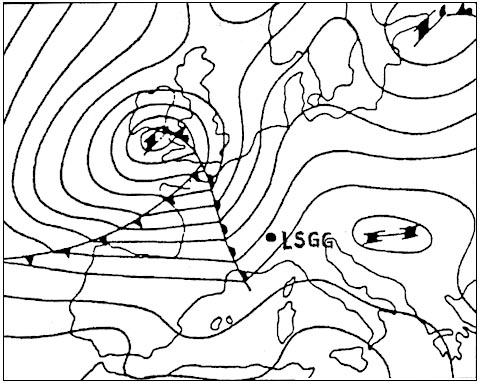
Question 198-6 : During an ils approach the maximum safe deviation below the glide path indicated on a five dot display cdi is ?
Question 198-7 : Full scale deflection of the localiser needle indicates that the aircraft is at an offset of approximately ?
2 5° from the runway centreline
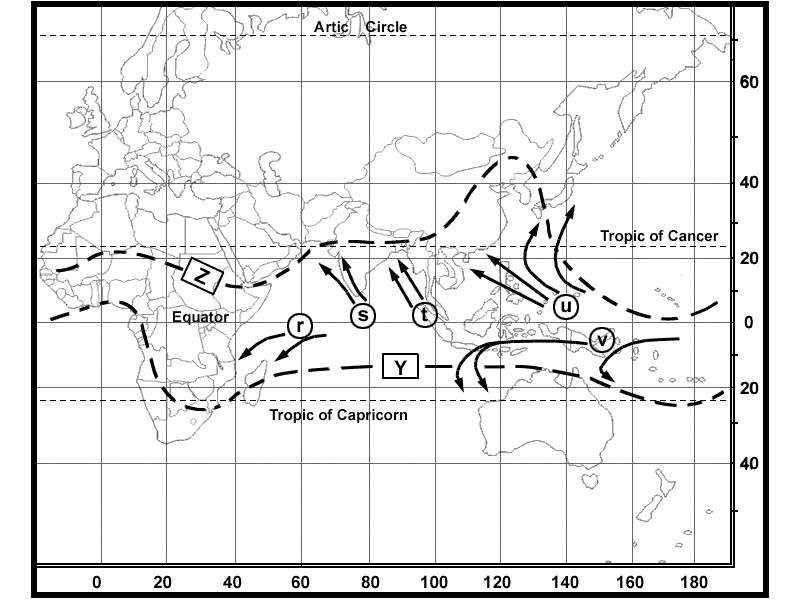
Question 198-8 : A dme that has difficulty obtaining a 'lock on' . prf = pulse recurrence frequency pps = pulses per second ?
Question 198-9 : Each dme has its own three letter code it is issued in morse on the frequency ?
1350 hz
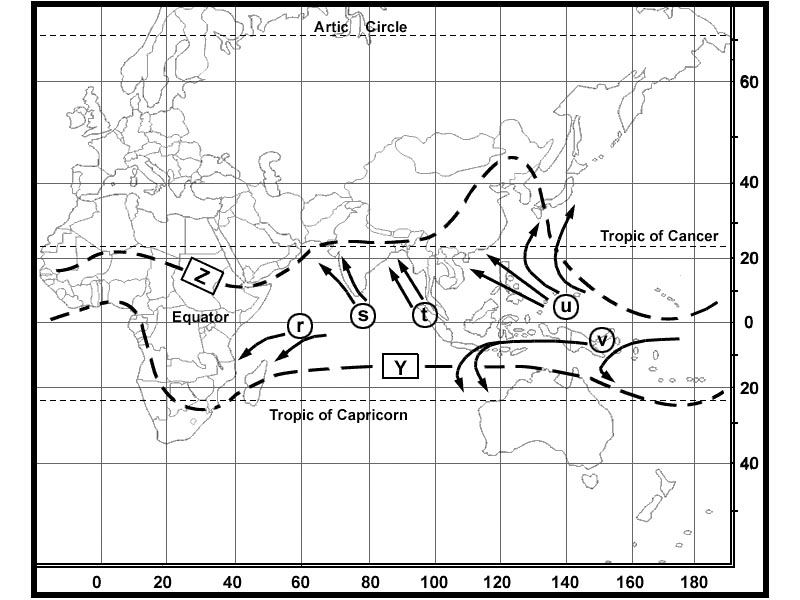
Question 198-10 : The maximum numbers of pulse pairs transmitted by a dme ground station is ?
Question 198-11 : A dme ground station must be able to process up to 100 aircraft at the same time including at least ?
Question 198-12 : The outer marker is located at a distance from the runway threshold of ?
Question 198-13 : The information read on an adf is unreliable ?
Question 198-14 : When a dme is associated with an mls the delay is .1 50 microseconds for mode x.2 50 milliseconds for mode x.3 56 microseconds for mode y.4 56 milliseconds for mode y.the combination regrouping all the correct statements is ?
Question 198-15 : In tracking mode the airborne dme interrogates with a recurrence frequency ?
Question 198-16 : A vor station automatically stops transmitting if a variation in the transmitted bearing is greater than ?
Question 198-17 : Dvor is less sensitive to site errors than cvor because of the ?
Question 198-18 : The difference between a cvor and a dvor indicates that dvor is more accurate because ?
Question 198-19 : The pulse p2 of an interrogation in a/c mode has the function ?
Question 198-20 : A transponder receives a p2 pulse which is larger than that of the p1 and p3 ?
Question 198-21 : The integrity of a vor system is improved by ?
Question 198-22 : The controller of a vdf ground station pass you the following message .'your true bearing is 256° class alpha' .this is a ?
Qte accurate to a range within ± 2°
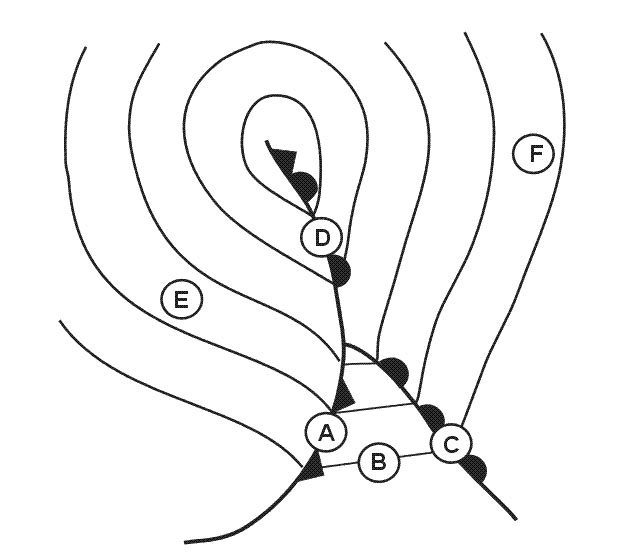
Question 198-23 : Which of the following is the correct class and accuracy for a vdf direction finder ?
Class a ± 2°
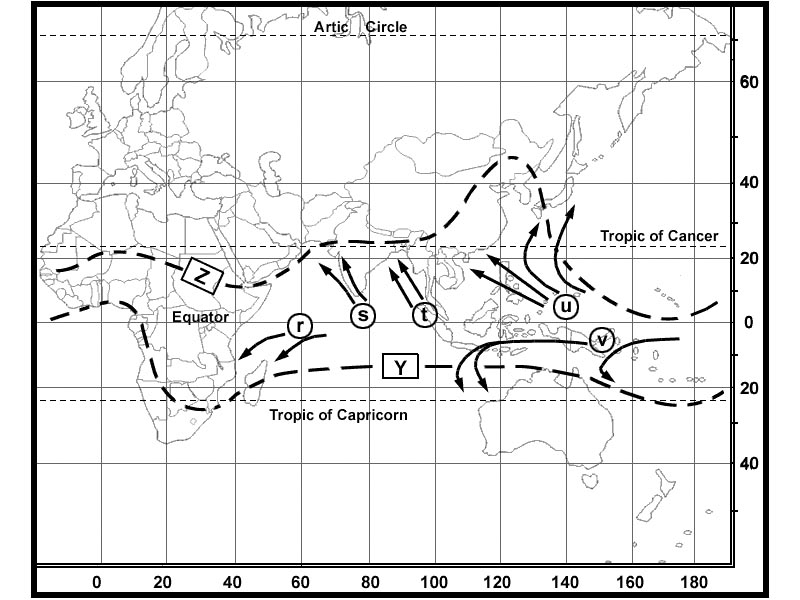
Question 198-24 : An aircraft is inbound to vor x on the 073° radial and experiences a drift of 12°l a position report is required when crossing the 133° radial from vor y if the aircraft is on track the rmi indications at the reporting point would be ?
Question 198-25 : In the case where a dme station is subjected to more than 100 interrogations which aircraft will no longer receive a response from the dme ?
Those who have the lowest transmission
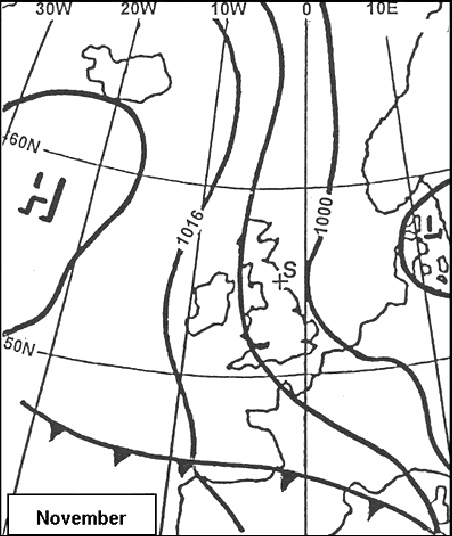
Question 198-26 : In the case where a dme station is subjected to more than 100 interrogations which aircraft s will receive a dme response ?
Those who have the most powerful transmission
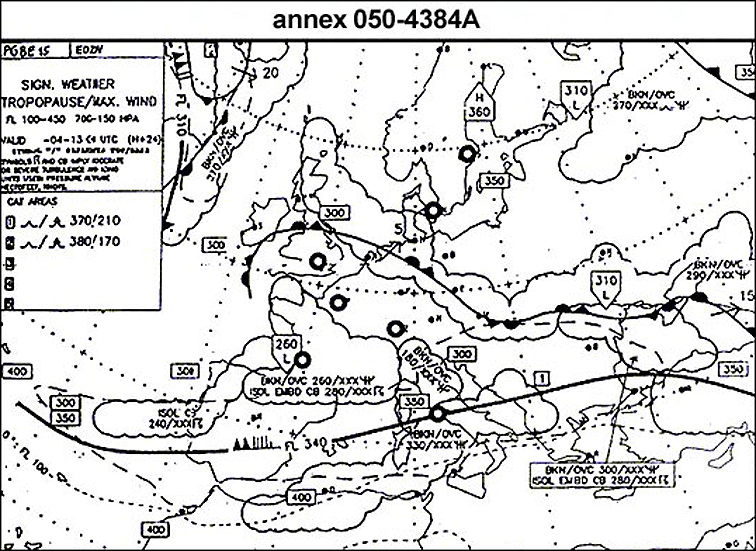
Question 198-27 : What is the reason that a dme station can generally respond to a maximum of 100 aircraft ?
Question 198-28 : Which entrance sectors should you use to enter a dme arc holding pattern ?
Sector 1 or 3
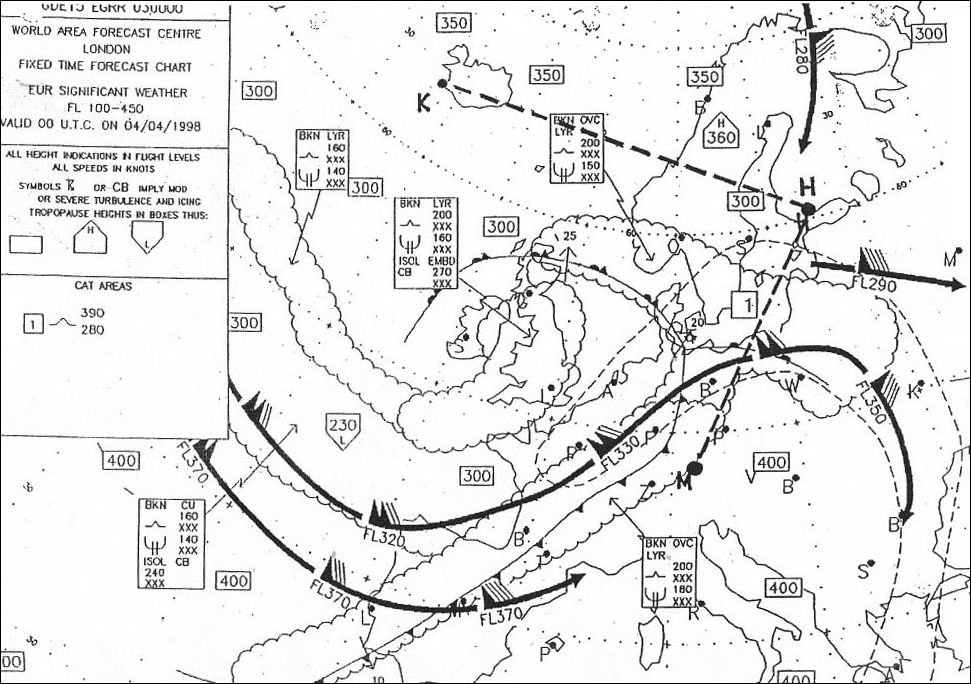
Question 198-29 : A direction finding station working alone should give the following as requested ?
Magnetic and true bearing to the station magnetic and true heading for the station
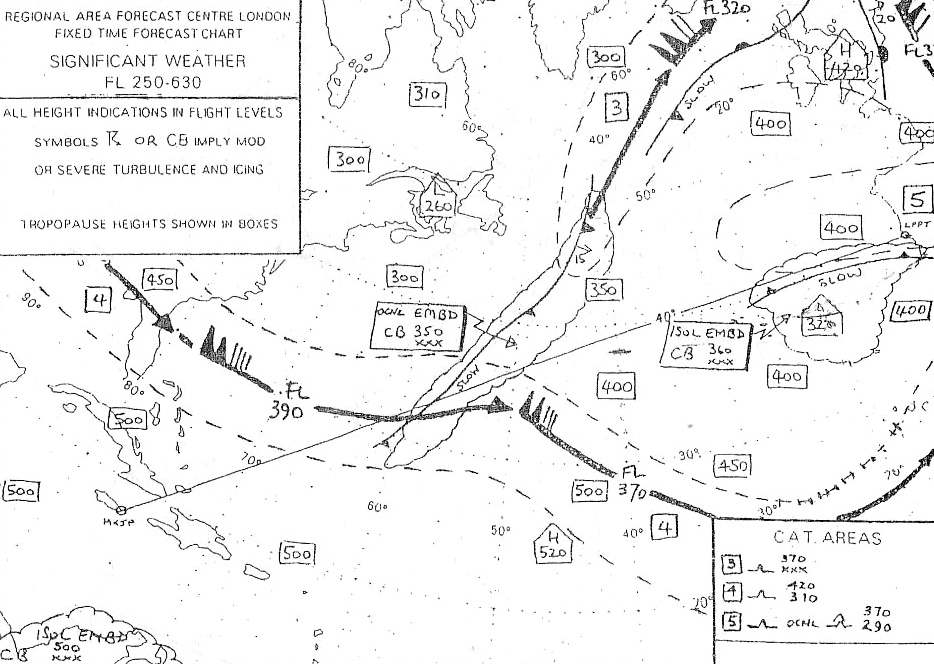
Question 198-30 : In vdf service the report 'qdr 235° class c' means ?
The magnetic bearing from the station to the aircraft is 235° ± 10°

Question 198-31 : The sensitive area of an ils is the area vehicles or taxiing aircraft may not enter when ?
Category ii/iii ils operations are in progress
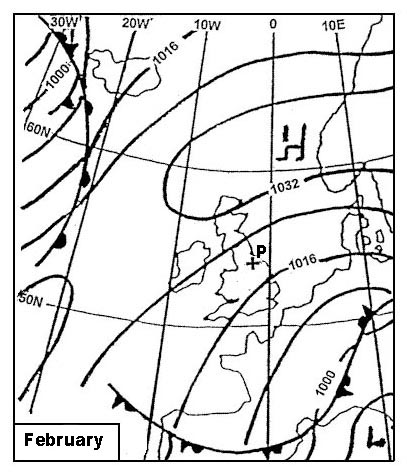
Question 198-32 : You are flying along an airway which is 10 nm wide 5 nm either side of the centreline the distance to the vor/dme you are using is 100 nm if you are on the airway boundary how many dots deviation will the vor needle show if one dot represents 2 degrees ?
1 5
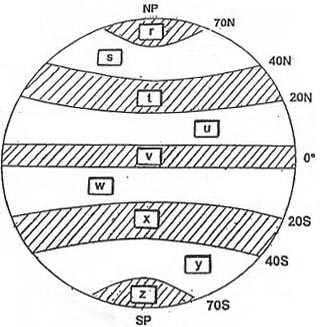
Question 198-33 : If an aircraft flies along a vor radial it will follow a ?
Great circle track
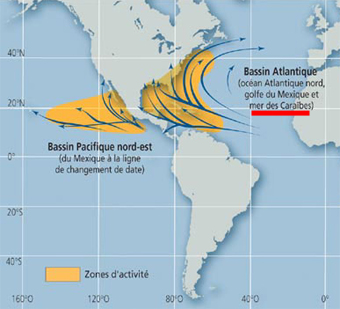
Question 198-34 : Locators are .1 high powered ndbs used for en route and airways navigation . .2 low powered ndbs used for airfield or runway approach . .3 beacons with a usually range of 10 to 250 nm . .4 beacons with a usually range of 10 to 25 nm .the combination regrouping all the correct statements is ?
2 and 4
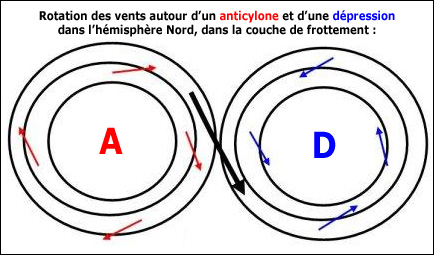
Question 198-35 : An aircraft is flying at fl 240 the dme reading uncorrected for altitude is 8 nm what is the ground distance to the beacon ?
7 0 nm
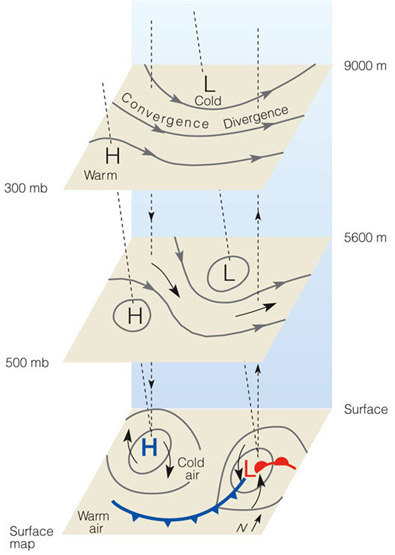
Question 198-36 : What is the minimum level isa conditions that an aircraft at a range of 111 nm must fly in order to contact the tower on r/t for a vdf bearing from an airport sited 169 ft above msl ?
Fl60
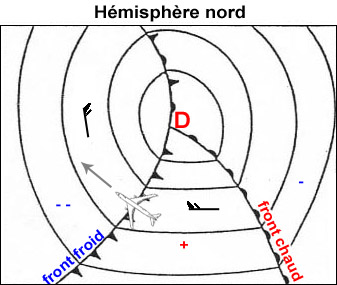
Question 198-37 : To determine the vor radial the aircraft vor receiver… ?
Measures the phase difference between the reference phase and the variable phase signals
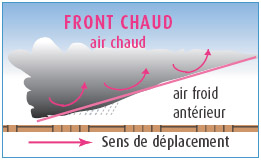
Question 198-38 : Which of the following correctly describes the instrument landing system ils localiser radiation pattern ?
Question 198-39 : The middle marker of an instrument landing system ils facility is identified audibly and visually by a series of ?
Alternate dots and dashes and an amber light flashing

Question 198-40 : The mls frequencies and available channels are ?
In the shf band 300 khz frequency separation giving 200 available channels
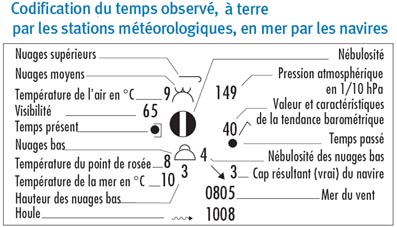
~
Exclusive rights reserved. Reproduction prohibited under penalty of prosecution.
7879 Free Training Exam

